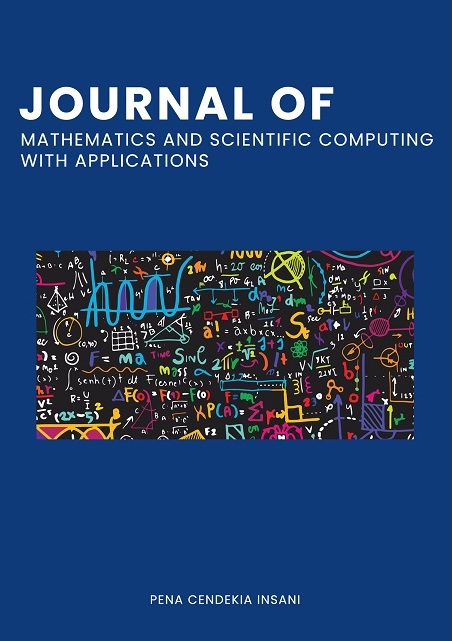ANALYSIS OF BASIC REPRODUCTION NUMBER DENGUE FEVER (DBD) SPREAD THE SIR MODEL USING VACCINE IMPACT IN MEDAN CITY
DOI:
https://doi.org/10.53806/jmscowa.v6i1.989Keywords:
Basic Reproduction Number, DHF, SIR Model, VaccineAbstract
Dengue hemorrhagic fever (DHF) is a dangerous disease that is easily transmitted through mosquito bites of the species Aedes aegypti or Aedes albopictus. Dengue hemorrhagic fever (DHF) in Indonesia is an endemic disease and a serious health problem that causes many deaths. Based on the data obtained, the incidence of DHF is still high, especially in Medan City with its high population density and mobility. It is therefore necessary to have more intensive efforts to prevent DHF, one of which is by administering vaccines. Therefore, vaccination is used as an option that is commonly used to control the spread of dengue hemorrhagic fever (DHF). The purpose of this research is to get a mathematical model with the effect of the vaccine, to find out the analysis of the mathematical model with the effect of the vaccine, and to find out the analysis of the reproduction number () with the effect of the vaccine. TheSIR model was used to analyze the Basic Reproduction Number. According to this study, the basicreproduction number of DHF













